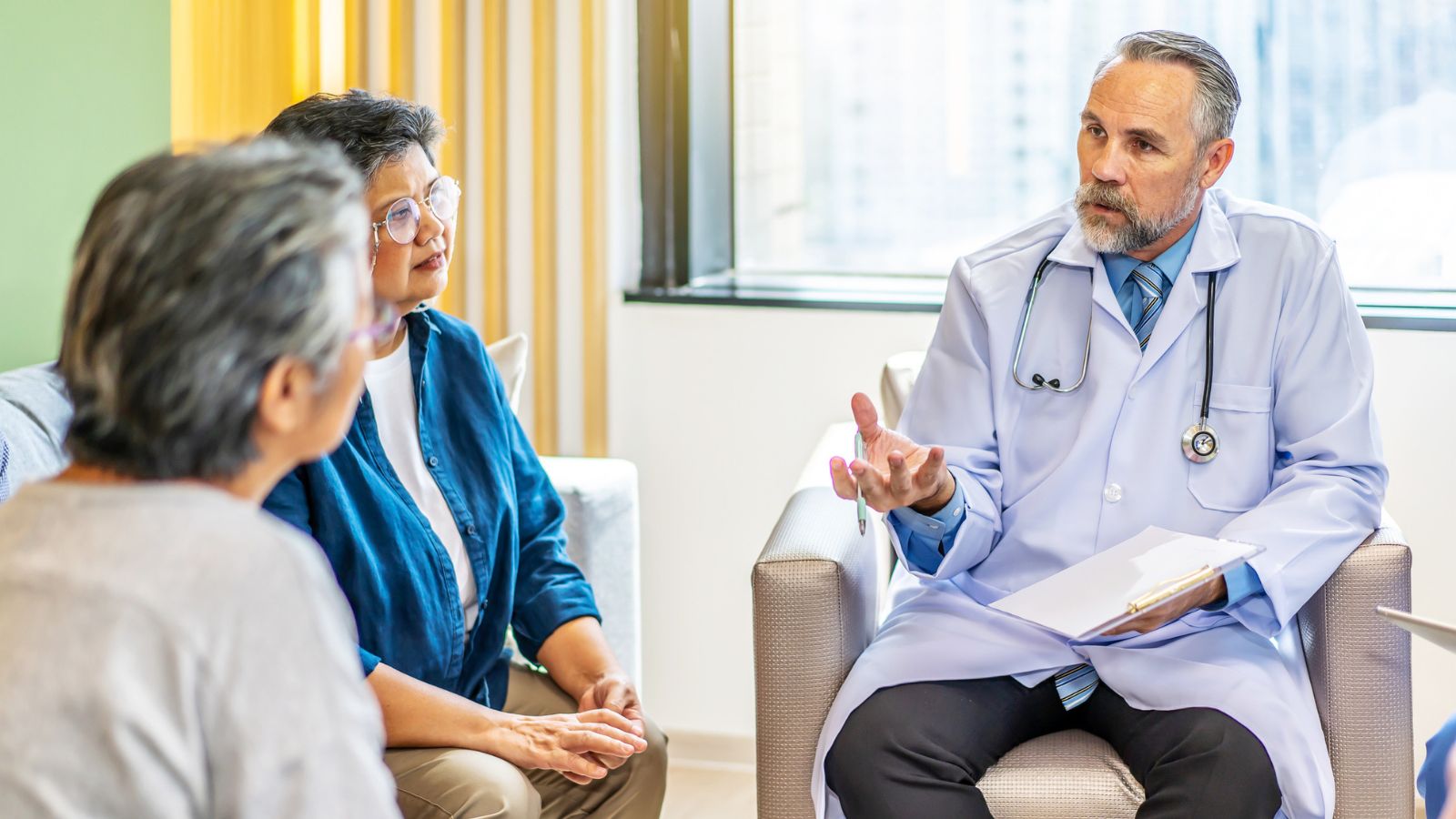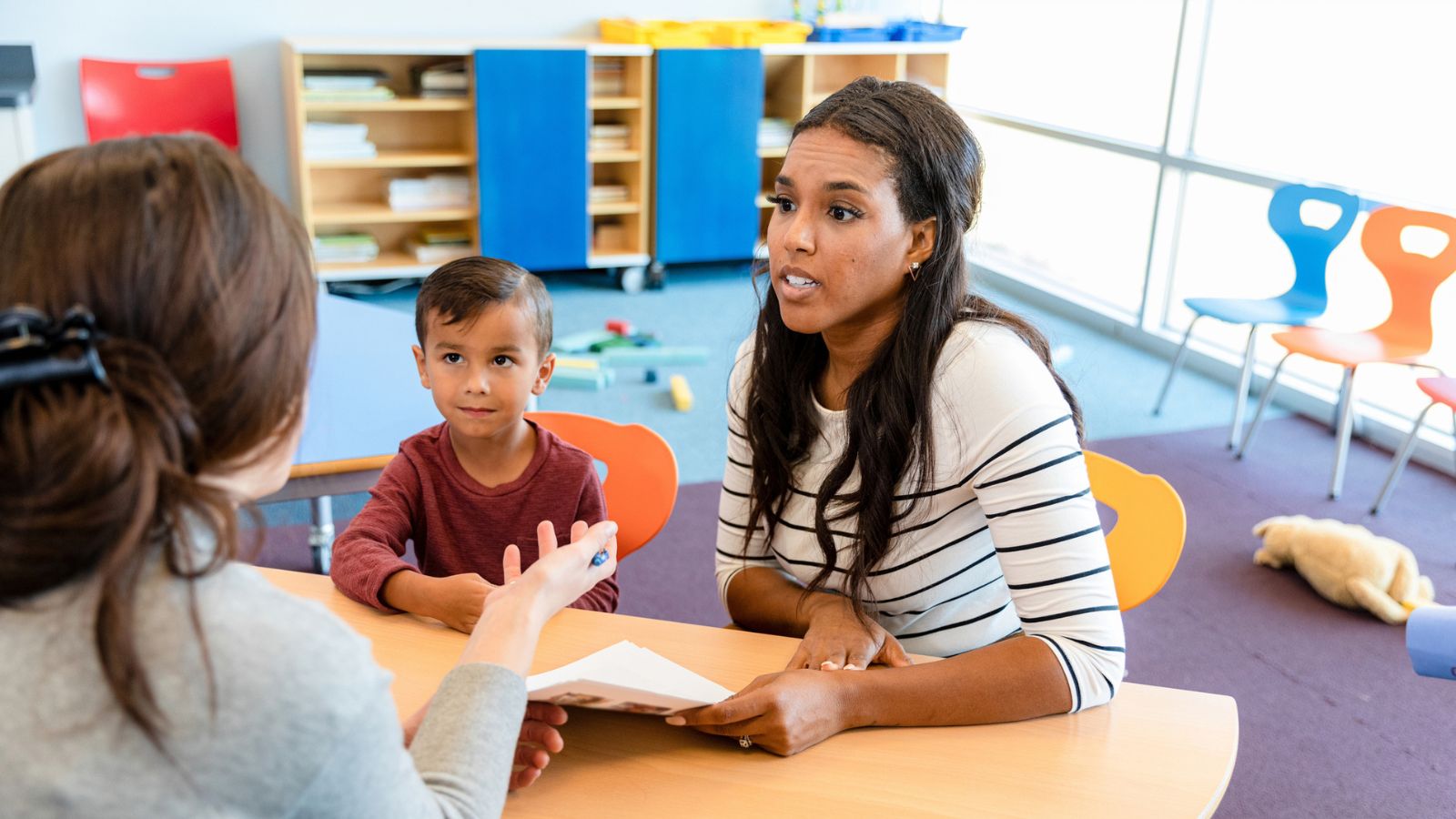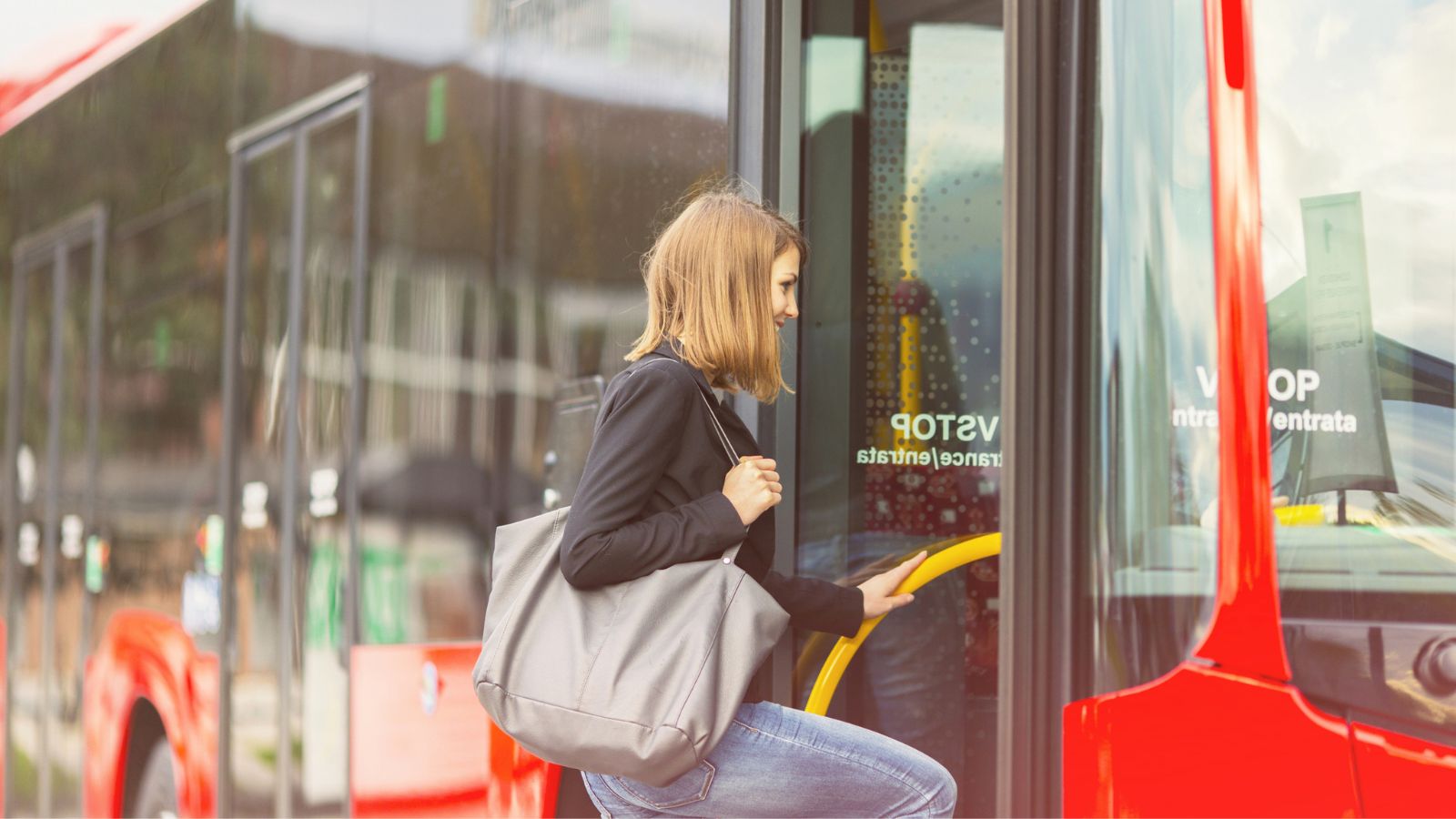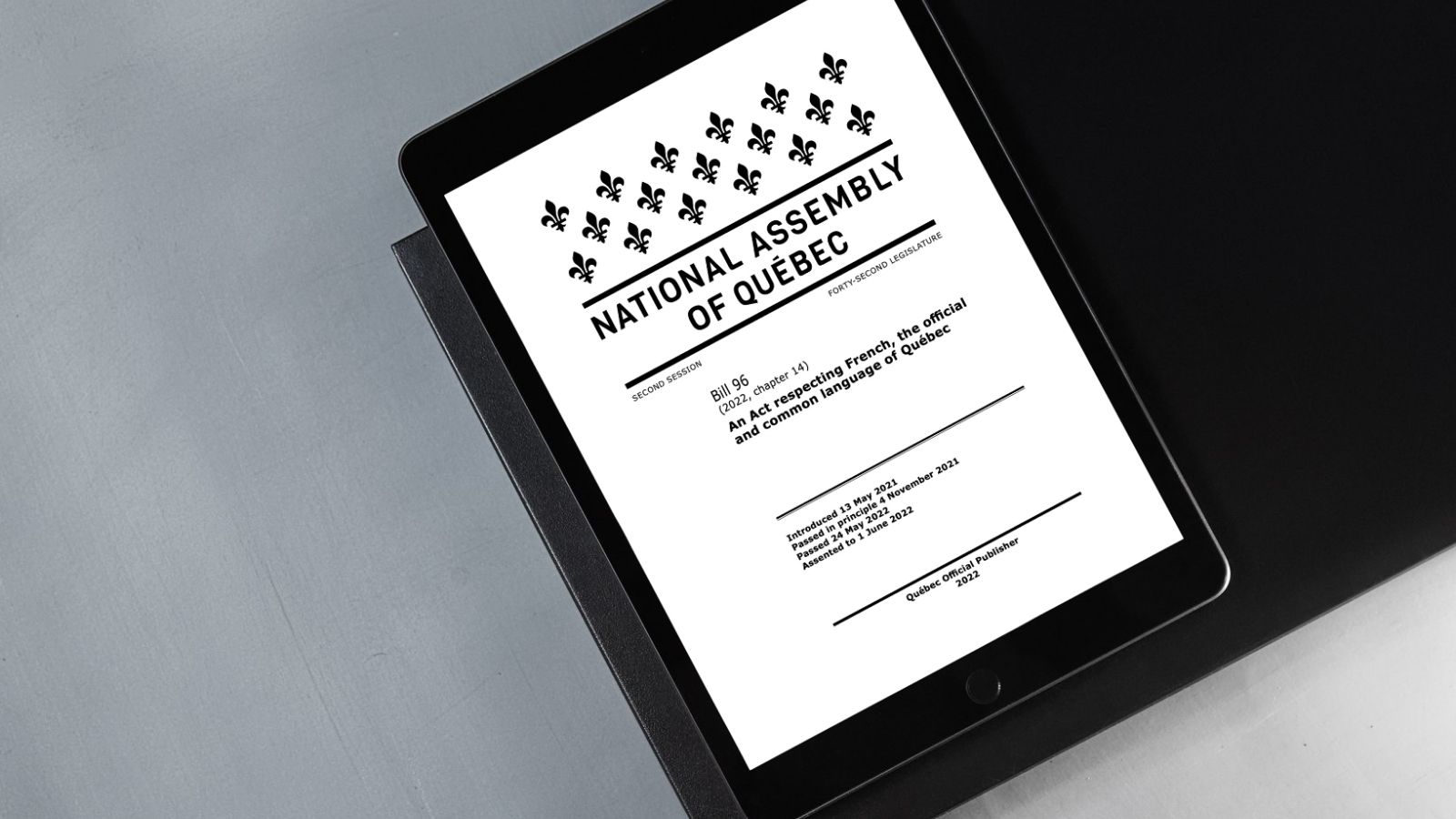Accessibility is a basic human right. When public spaces and services are designed without everyone in mind, people are excluded from the care, information, and opportunities they need. Localization helps address these gaps by breaking down language barriers and tailoring services to meet the needs of varied populations.
By adapting content and services to real-world needs, localization enables people to navigate public spaces with confidence. It allows someone to use a transit app in their native language, follow healthcare instructions, or clearly understand their legal rights. Accessibility relies on localization to make essential services functional, inclusive, and equitable.
Whether it’s multilingual signage on New York City’s subway system guiding millions of daily riders, bilingual interpreters at Cedars-Sinai Medical Center helping Spanish-speaking patients recover safely, or language access services in California courts ensuring non-native speakers understand legal proceedings, localization makes sure that vital services are usable for everyone who relies on them. Let’s explore how localization transforms these spaces, one solution at a time.
A Real Lifesaver: How Localization Improves Healthcare and Life Sciences
Localization in healthcare and life sciences makes vital information accessible and accurate for diverse audiences. From patient discharge instructions to clinical trial documentation and medical device manuals, adapting materials to different languages and cultures is essential for safety and effectiveness.
Take multilingual clinical trials as an example. Trials conducted across multiple countries require localized materials such as consent forms and participant guides. Without proper adaptation, participants may misunderstand procedures, jeopardizing their safety and the trial’s success. Localization provides these materials in a way that is clear, culturally relevant, and compliant with local expectations.

Hospitals and healthcare providers also depend on localization to support multilingual portals and telehealth systems, allowing patients to schedule appointments, communicate with providers, and review test results in their own language. In emergency situations, accurate translation can be the difference between effective treatment and a dangerous misunderstanding.
For life sciences companies and other regulated industries, precise translations are a cornerstone of regulatory compliance. Medical device manufacturers, for example, must deliver manuals and labeling that meet regulatory standards in every market they serve. Mistakes in these materials can lead to legal penalties or even endanger patients.
Localization in these fields supports better outcomes, strengthens trust, and makes care and information available to all, regardless of language or location.
How Localization Opens Doors in Education
Education provides opportunity, but language barriers and inadequate resources often leave students behind. By localizing course content and student services, education can reach a broader range of learners.
For example, the Los Angeles Unified School District (LAUSD) provides translated educational materials in multiple languages, including Spanish, Mandarin, and Tagalog, to serve its diverse student population. These materials include everything from lesson plans to homework assignments, ensuring students and their families can fully participate in the learning process.
Digital tools that integrate translation and other language services also support multilingual education. For instance, TextHelp’s Read&Write software provides localized text-to-speech, word prediction, and translation features to support multilingual and neurodiverse learners in U.S. classrooms.
Higher education institutions are also embracing localization. The University of Minnesota offers multilingual online course options to attract international students and support those who are non-native English speakers. Localized materials ensure students can fully engage with coursework and classroom activities.

Justice for All: Making the Legal System Work for Everyone
Localization in legal services makes it possible for everyone, regardless of language proficiency, to participate in the justice system and understand their rights. In a system where clarity and accuracy are paramount, localization bridges the gap for individuals navigating complex legal processes.
For example, U.S. federal courts are required to provide interpretation services and translated materials under Title VI of the Civil Rights Act. This mandate guarantees that individuals with limited English proficiency (LEP) can participate fully in court proceedings, whether as defendants, witnesses, or plaintiffs. Without these services, individuals may struggle to assert their rights or navigate legal processes effectively.
Legal aid organizations also depend on localization to serve immigrant communities effectively. For instance, translated “Know Your Rights” guides and legal aid brochures support non-native speakers with critical information about housing, employment, or immigration protections. These resources empower individuals to make informed decisions and seek legal help when needed.
Language, Local Government and Citizen Empowerment
Language services help local governments communicate effectively with their citizens by providing accessible information and services.
In Chicago, the Department of Public Health translated COVID-19 updates, vaccination details, and health measures into multiple languages, including Spanish, Polish, Chinese, and Arabic, to reach residents who would otherwise be left out. These multilingual resources delivered vital information to residents during a critical time.
New York City’s 311 service connects residents to municipal services in more than 170 languages. Whether reporting infrastructure issues, seeking public health guidance, or navigating city services, this system allows residents to connect with their local government regardless of the language they speak.
Los Angeles takes localization further by translating earthquake preparedness guides into multiple languages, including Korean, Spanish, and Chinese. These localized resources are critical in helping residents understand safety protocols and prepare for emergencies, reinforcing community resilience.
Like many other sectors we’re discussing here, local governments that prioritize language access are better equipped to serve their diverse populations effectively and build stronger connections with the people they represent.
Moving Bodies: The Language of Transport
Localization adapts transportation systems to meet the needs of diverse populations. In Washington, D.C., the Metro’s SmarTrip cards and ticketing kiosks offer language options like Spanish, French, and Chinese, making fare payment and transit access simpler for both residents and international visitors.
Public transit in rural areas also benefits from localization. Programs like Iowa’s Regional Transit Authority translate schedules and rider guides into Spanish to better serve agricultural workers and other non-native speakers. These efforts connect individuals in remote communities to jobs, healthcare, and other essential services.
Looking forward, Los Angeles is leveraging its “Twenty-eight by ’28” initiative to prepare for the 2028 Olympic and Paralympic Games by addressing accessibility and mobility challenges. With a global audience expected, LA Metro is prioritizing multilingual communication through initiatives like expanding digital displays to include real-time updates in multiple languages. While infrastructure improvements remain central, these steps enable visitors and residents alike to navigate the transit system easily, regardless of language proficiency.
Localized transit systems help residents and visitors navigate cities with confidence, whether they’re commuting for work, seeking medical care, or attending major events like the Olympics.

The Last Word: Why Accessibility Depends on Localization
Localization enables essential services to be available and functional for everybody. Whether it’s multilingual healthcare portals, translated legal resources, or accessible transit systems, these efforts ensure services function effectively for the people who rely on them.
Organizations that prioritize localization make meaningful strides toward fostering inclusivity. By addressing linguistic and cultural barriers directly, they make accessibility a standard part of daily life, improving outcomes and opportunities for all.
Ready to make your services accessible? Argos Multilingual delivers tailored localization solutions that help organizations reach more people effectively. Connect with us to learn how we can help.
 Argos Multilingual
6 min. read
Argos Multilingual
6 min. read
If you’re doing business in Quebec, Bill 96 has likely been on your radar for months. The legislation introduces stricter French-language requirements, covering everything from contracts and workplace communication to product labels and advertising. With the June 1, 2025 compliance deadline quickly approaching, businesses across industries are reviewing their content and workflows to meet Quebec’s […]

 Stephanie Harris-Yee
9 min. read
Stephanie Harris-Yee
9 min. read
In an era where artificial intelligence is becoming increasingly prevalent in our daily lives, understanding how people interact with and perceive AI technology is crucial. Our recent global study sheds light on this very topic, offering fascinating insights that might surprise you. The Scope of Our Research We conducted an extensive survey across eight countries: […]











